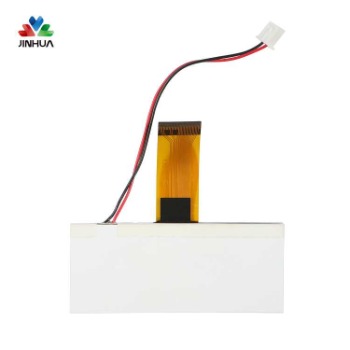Detailed overview of TFT-LCD driving principle part two
Nov 23, 2023
The current mainstream liquid crystal displays are thin film transistor LCDs (tftlcd), which are developed and expanded from the original liquid crystal display technology. TFT liquid crystal is equipped with a semiconductor switch for each pixel, so as to completely control a pixel point individually. The liquid crystal material is sandwiched between the TFT glass layer and the color filter layer. By changing the voltage value that stimulates the liquid crystal, Control the intensity and color of the final light.
Generally, liquid crystals are transparent unless a voltage is applied. When pressurized, part of it will change and become opaque. This switching speed of liquid crystals is usually very slow (described in detail later). In 1992, emi announced the invention of a new liquid crystal display technology, ferroelectric liquid crystal flcd (ferroelectric lcds). The advantage of ferroelectric liquid crystal is its fast response speed, which can reach microsecond level. And the current state can be maintained without changing the voltage, which means more power saving, which is very meaningful for portable devices such as laptops and PDAs. FLCD has many advantages, but there are currently few products on the market, because FLCD is very sensitive to vibration and can easily damage the crystal, but there will definitely be improvements in the future.
Although the future of ferroelectric liquid crystal FLCD is still unknown, it also has the advantages of high contrast and large viewing angle, which will have a certain impact on the mainstream custom TFT on the market.
Under normal operating temperature, the response time of flcd is only 70us! Such a short period of time is almost negligible.






 English
English Deutsch
Deutsch русский
русский español
español العربية
العربية



 IPv6 network supported
IPv6 network supported
